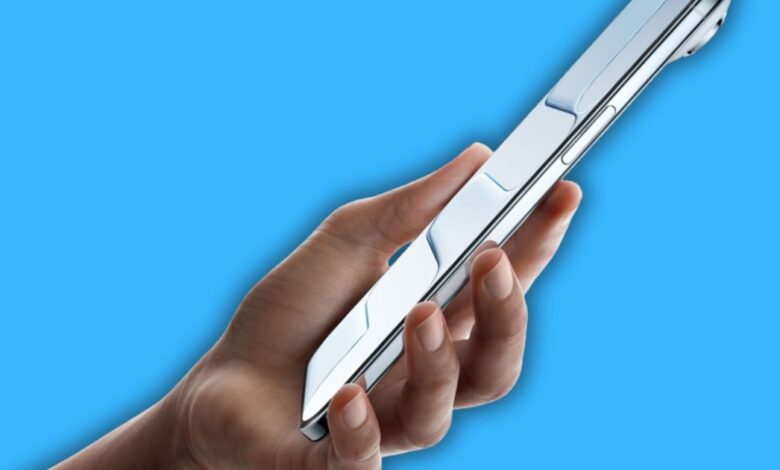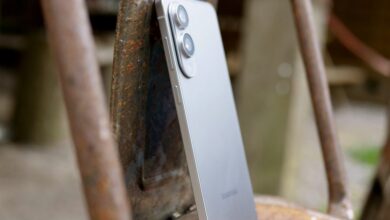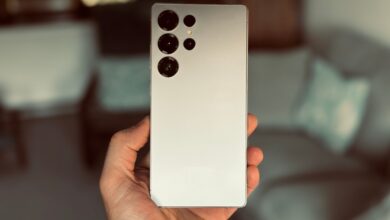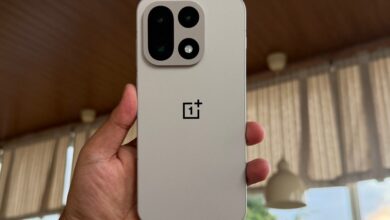What the iPhone Air Reveals About the Galaxy S26 Edge

Teh Anticipation for the iPhone Air
in just a few days, apple enthusiasts will get their hands on the highly anticipated iPhone Air. This ultra-slim device promises an all-day battery life, notable camera capabilities with four lenses in one setup, and top-notch performance. While many are excited, there’s also a fair amount of skepticism surrounding these claims.
Industry experts suggest that the trend toward thinner smartphones is here to stay. Although Apple may not be the first to introduce such a sleek design,it seems poised to set new standards that others will likely follow.
A Look Back at Slim Phones
Vivo made waves nearly ten years ago with its V5 Max model, which boasted an even slimmer profile at just 4.75mm—almost a millimeter less than what we see with the iPhone Air today.Additionally, gionee had previously attempted similar designs before fading from the market.Recently, Samsung revitalized interest in slim phones with its Galaxy S25 Edge.
As Apple launches its latest offering, Samsung is keenly observing how well it performs and how consumers respond. Given Samsung's history of competing directly with Apple's products, it's likely they’ll aim to outshine the iPhone Air when they release their next model: the Galaxy S26 edge.
The Camera Showdown
The shortcomings of the iPhone Air could serve as valuable lessons for Samsung as it develops its upcoming phone. One area where Samsung can excel is in camera technology—specifically by addressing two key weaknesses found in Apple's latest device.
the primary drawback of the iPhone Air lies within its camera system; it features only one rear lens despite claiming to offer four different perspectives through software enhancements like Fusion technology and 48-megapixel resolution combined with 2x optical zoom capabilities.
While users may appreciate pixel-binning techniques that enhance image quality up to 24 megapixels on this device, they won’t find zoom capabilities comparable to those offered by dedicated telephoto lenses or even ultrawide options—which are notably absent here. The importance of these features becomes clear when looking at upgrades made in models like the standard iPhone 17.
This newer version has transitioned from a basic 12-megapixel sensor to an advanced 48-megapixel ultrawide lens capable of capturing stunning macro shots—a feature completely missing from the iPhone Air's offerings.
Samsung’s Advantage
Samsung already holds an edge over Apple's offering thanks to its Galaxy S25 Edge model which includes a dedicated ultrawide camera alongside a powerful main sensor boasting an impressive resolution of 200 megapixels.
This higher resolution allows for more detailed cropping without sacrificing image quality—a notable advantage over what’s available on Apple’s latest phone.
However,
the front-facing camera on both devices presents another captivating comparison: while Apple has introduced an innovative new Center Stage front camera featuring enhanced pixel density (18 megapixels),Samsung must step up if it wants similar acclaim for selfies taken on their upcoming model.
A Call for Innovation
Samsung doesn’t need drastic changes regarding rear imaging hardware but shoudl consider upgrading sensors while enhancing front-camera capabilities too—something achievable given their existing expertise within smartphone photography technologies.
Batteries That last Longer?
If there's one area where Samsung can considerably improve upon what Apple offers through its new product line-up—it would be battery capacity without needing any groundbreaking innovations! Currently featured inside both devices are lithium-ion batteries; however,
the Galaxy S25 Edge boasts nearly four percent greater energy density compared against previous iterations making room for larger capacities down-the-line!





